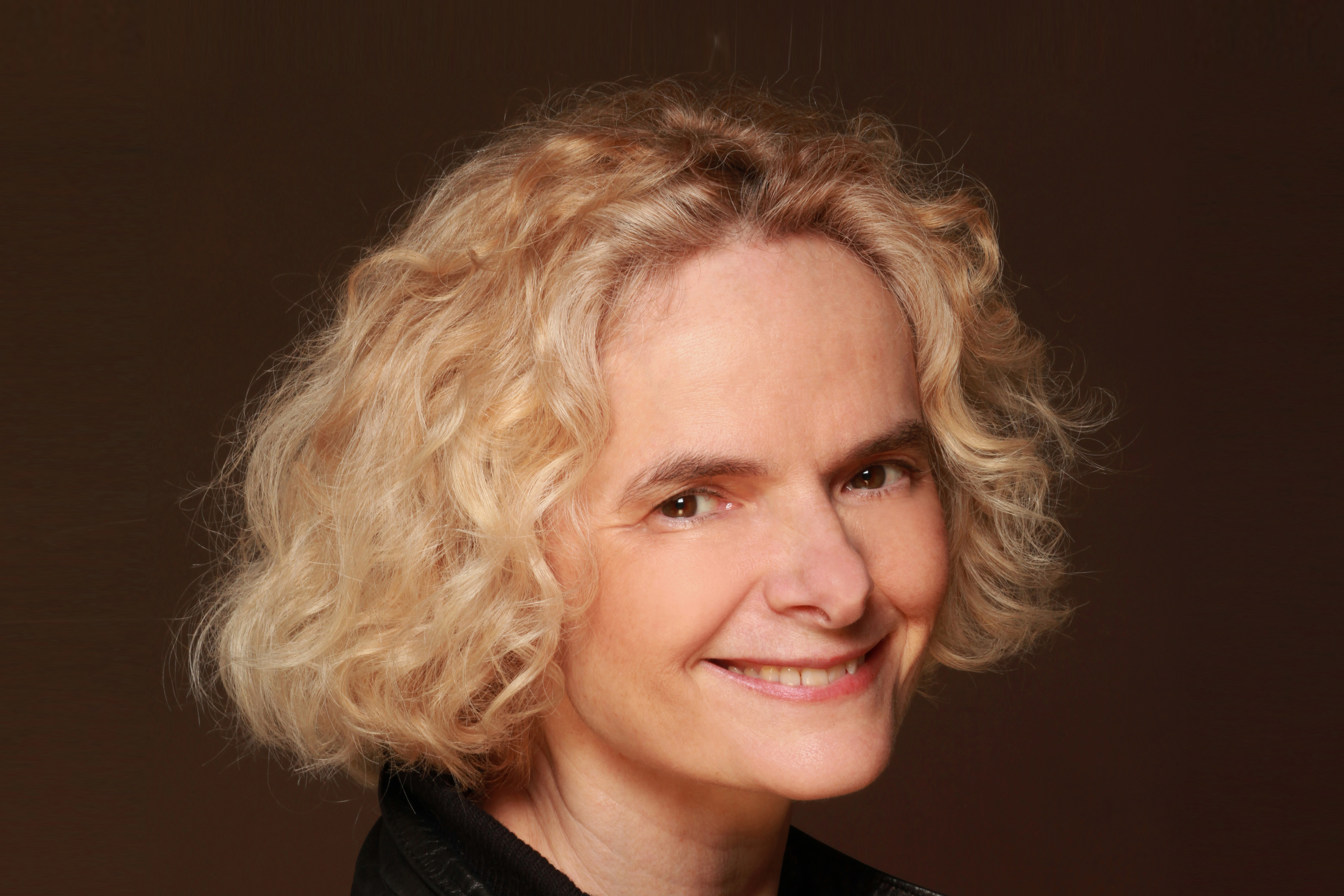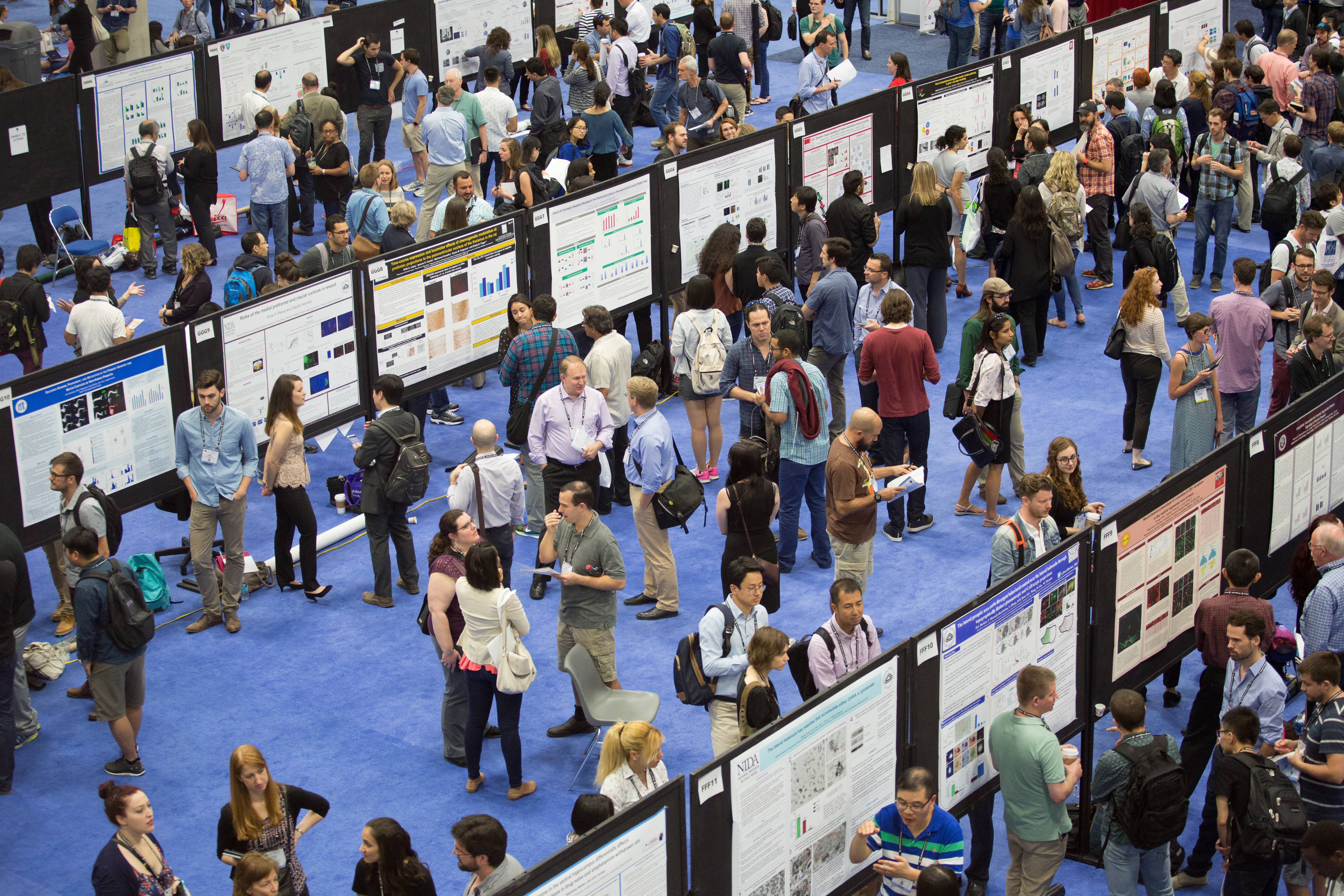
SfN Election Results: Meet Your New Leaders
The Society for Neuroscience extends sincere congratulations to its newly elected officers and councilors. The incoming leaders will begin their terms at Neuroscience 2018, in San Diego.
The membership elected Barry Everitt as Incoming President-Elect, Serena Dudek as Treasurer-Elect, and John Morrison as Secretary-Elect. The elected Councilors are Lisa Monteggia and Julie Kauer, who were elected to four-year terms. Erin Schuman was elected to fill a vacant Councilor seat for a one-year term.
Officers

Barry Everitt is director of research and professor of behavioral neuroscience at the University of Cambridge, in the U.K., and is provost of the Gates Cambridge Trust. He is the first SfN president to be based at an institution outside of North America. Everitt currently serves on the SfN Council; he previously served on the Committee on Committees and chaired the Program Committee. His research covers the neural basis of learning, memory, and motivation applied to understanding the neural and psychological mechanisms underlying drug addiction.
“I am honored to have the opportunity to lead the Society as its president,” Everitt said. “I look forward to collaborating with all of SfN’s members and our international partners to broaden our scope of advocacy efforts to champion directing resources towards neuroscience research around the world and exploring new opportunities to communicate the importance of neuroscience to the public. We are entering a new and exciting phase in our ambition to understand brain function as new and powerful technologies that offer the potential to develop treatments for neurological disorders are emerging at unprecedented rates.”

Serena Dudek is senior investigator at the National Institute of Environmental Health Sciences. She has both chaired and served as a member of the Program Committee, and contributed to the Neuroscience Meeting Software Test Group. Dudek’s research explores the molecular basis of developmental changes in long-lasting synaptic plasticity.

John Morrison is director of the California National Primate Research Center (CNPRC) and professor of the Neurology Center for Neuroscience at the University of California, Davis. He served as a Councilor and has held the position of editor-in-chief of BrainFacts.org since 2015. He previously served as chair of the Government and Public Affairs Committee, the Public Education and Communication Committee, and the Committee on Animals in Research. He researches the neurobiology of aging and neurodegenerative disorders, particularly as they relate to cellular and synaptic organization of the cerebral cortex.
Councilors

Lisa Monteggia is incoming director of the Vanderbilt Brain Institute and professor of pharmacology at Vanderbilt University. She is a current Councilor and has also been a member of the Government and Public Affairs Committee and Professional Development Committee. Monteggia’s research interests lie within the molecular and cellular mechanisms underlying psychiatric disorders and treatment strategies, with an emphasis on synaptic adaptations in the brain.

Julie Kauer is professor in the departments of pharmacology, physiology, biotechnology, and neuroscience at Brown University, and codirector of the Center for Neurobiology of Cells and Circuits at the Carney Institute for Brain Science at Brown University. She has twice served as a member of the Program Committee and has also been a member of the Julius Axelrod Prize Selection Committee and the Jacob P. Waletzky Award Selection Committee. Kauer’s research investigates synaptic transmission and plasticity, synaptic function in the reward circuitry with emphasis on the ventral tegmental area, and synaptic and circuit function in the dorsal horn and trigeminal pathway.

Erin Schuman is professor of biology at Goethe University and director of the Max Planck Institute for Brain Research in Frankfurt, Germany. She has previously been a member of the Gruber Foundation Neuroscience Prize Selection Committee, the Julius Axelrod Prize Selection Committee, and the International Affairs Committee. Schuman’s research seeks to understand how biological cell mechanisms, executed locally near synapses, transmit information and modify circuits to store information.



















